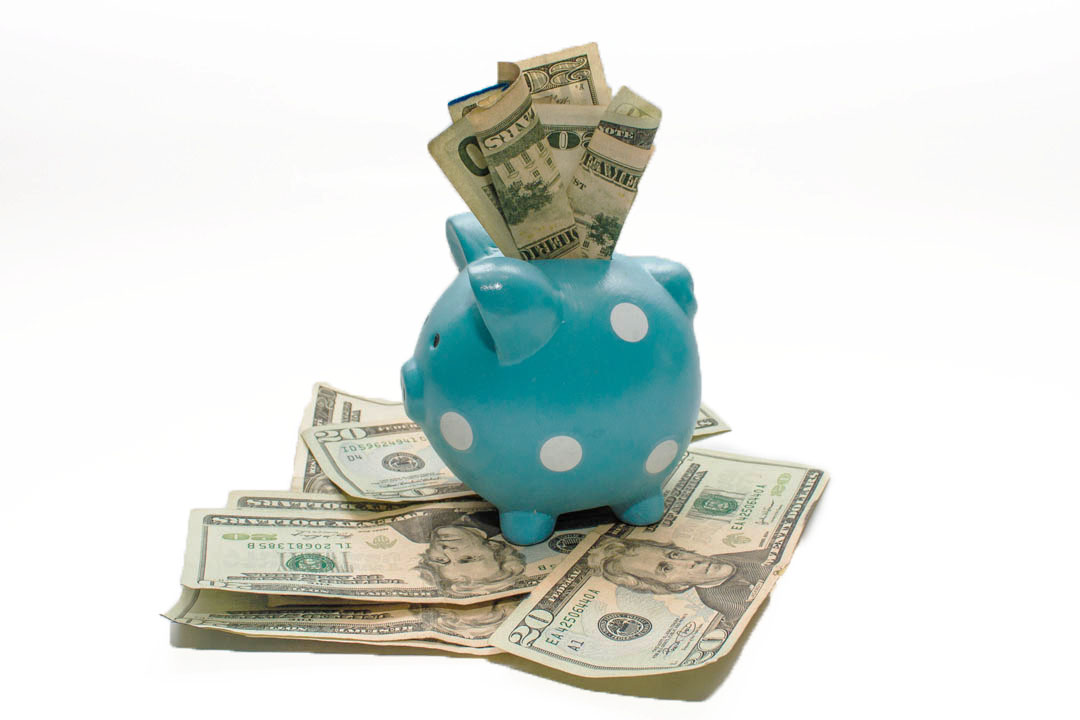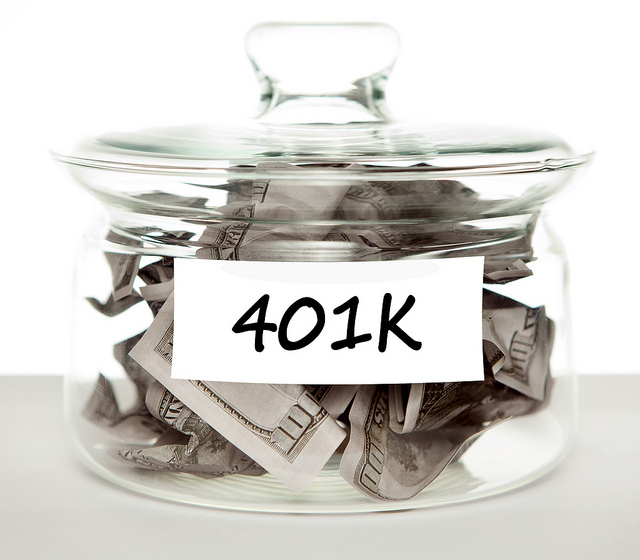This image, “invest” is copyright (c) 2017 airpix and made available under a Attribution 2.0 Generic License
This article is written specifically for Resident and Fellow Physicians in mind, but the underlying principals regarding which investment to choose are universally true. When I talk about investments, I am referring to retirement investments. Here is the usual financial trajectory of a Resident/Fellow:
- As a Resident or Fellow in training, you are likely to be in the 25% tax bracket or lower (as of this writing, that means a single income of $91,900 or lower, or a married filing jointly income of $153,100 or lower).
- After finishing training, you will have a large increase in your income, and expect be in the 28% tax bracket or higher.
- Most of you will not live like a Resident forever, nor revert back to living like a Resident when you retire (but if you did, you could retire or be financially independent in less than 15 years!)
- You probably have multiple student loans, each with a different interest rate.
- Some of you might also have credit card debt.
Investing Priorities
The priority for choosing what to invest in next depend on the investment's expected return. As such, I have listed the following priority of investments in the order of expected returns. I will explain each one and why you should approach them in this order.
- Up to the matched amount in a 401(k)/403(b) employee retirement account
- High interest debt
- Post-tax aka Roth Investments
- Remainder of the employee retirement account and other tax-advantaged accounts
- Low interest debt
1. Up to the Matched Amount in a 401(k)/403(b) Employee Retirement Account
These employee retirement plans may include terms like a 50% match on the first 6% of your salary, or 100% match up to 4%. The terms vary and depend on your employer, but you should contribute just enough first to get the maximum match. This is an IMMEDIATE return of whatever your match percent is. No realistic investment can even come close to this kind of return. Do not compare this to a yearly return or a yearly interest rate, because this is on a whole different level. Just do it!
2. High Interest Debt
Paying down any high interest debt is like getting a return of whatever the APR is on the debt. This is similar to the question:
"Should I pay down student loans first or invest in the markets?"
This is a high yield topic and frequently asked, so I decided to write this in a separate article. The link gives you a data-supported guideline for determining the threshold at which you define "high interest debt." The short version is that you determine a percentage for which you have a reasonable expectation that the stock markets will perform on an annualized basis. If a loan's interest rate is above this threshold, you pay down that loan first. It should go without saying that paying the highest interest rate loan first will yield the best returns. Below this threshold, you invest in the stock market. For those that do not want to go through the exercise, just use a value of 7.3%.
This image, “Dollars in a Piggy Bank” is copyright (c) 2017 OTA Photos and made available under a Attribution 2.0 Generic License
3. Post-Tax aka Roth Investments
Remember when I made the assumption that most Attendings will not live like a Resident forever, nor want to revert back to living like a Resident in retirement? If this assumption holds true, then you should be planning to earn more income in retirement than as a Resident. This could come from many income streams, but it is probable that your tax bracket will be at least as high as your Resident tax bracket. In this situation, I recommend a Roth investment because you get taxed now on the contribution but any subsequent growth in a Roth account will never be taxed. If you contributed to a pre-tax investment, then you defer taxes now, but probably pay a higher amount of taxes later on.
"What if my tax bracket is the same now as it will be in retirement?"
In this case, the taxation will be a wash, but is your goal to contribute as much as you can to your retirement accounts? If it is, then an equivalent amount of money in a Roth account is worth more than in a pre-tax account. Why? Because of their tax status. Let me explain:
Lets use the $5,500 IRA limit and compare them in a Traditional IRA vs. a Roth IRA. Both have the same limits of $5,500. The difference is that the Roth IRA is taxed before contribution, and the Traditional IRA is taxed on withdrawal. Pretend you invest both in the same index fund, and they both grow to $44,000 (3x doubling or $5,500 * 23). When you withdraw the Roth, you will take out the entire $44,000 without tax; however, when you withdraw the Traditional, you will get taxed at your marginal tax rate, which in our example is 25%. Thus, your value after tax becomes $33,000.
"What if I contribute the same effective amount into each account?"
In this example, you have $5,500 to invest in the Traditional IRA as a pre-tax investment. You want to compare this to the same effective amount of money put into a Roth IRA. Given a marginal tax rate of 25%, that would mean a contribution of $4,125 into the Roth.
Now, both of these will double in value three times again as per our prior example. The Traditional grows to $44,000 as before, but the Roth only grows to $33,000. When you withdraw the Roth, you once again take out the entire $33,000 tax-free. The Traditional, as before, gets taxed at 25% and becomes $33,000 when you withdraw it. The results are equal!
When taxation is equivalent now and in retirement and you contribute the same effective amount to a pre or post-tax investment, then there is no difference! However, if you max out the contribution and they are the same dollar amount, then a post-tax investment is worth more! This is why I recommend a Roth before pre-tax investments.
4. Remainder of the Employee Retirement Account and Other Tax-Advantaged Accounts
This photo, “401k” is copyright (c) 2012 Tax Credits and made available under a Attribution 2.0 Generic License
If you qualify, a tax deferred account gives you more value when investing for retirement compared to a taxable brokerage account. The disadvantage of these accounts is usually liquidity. However, you can always make more money to put into a taxable brokerage account, but the amount you can put in a retirement account is limited. I recommend you take advantage of these to the maximum if you can.
5. Low Interest Debt
When your expected return in the markets is higher than the interest rate on your loan or debt, then it makes sense to invest in the market instead. Thus, low interest debt is the last item on my list.
I hope i was able to convey my reasons for choosing the investment priorities listed. Do you agree with this investment priority? Please comment below!




